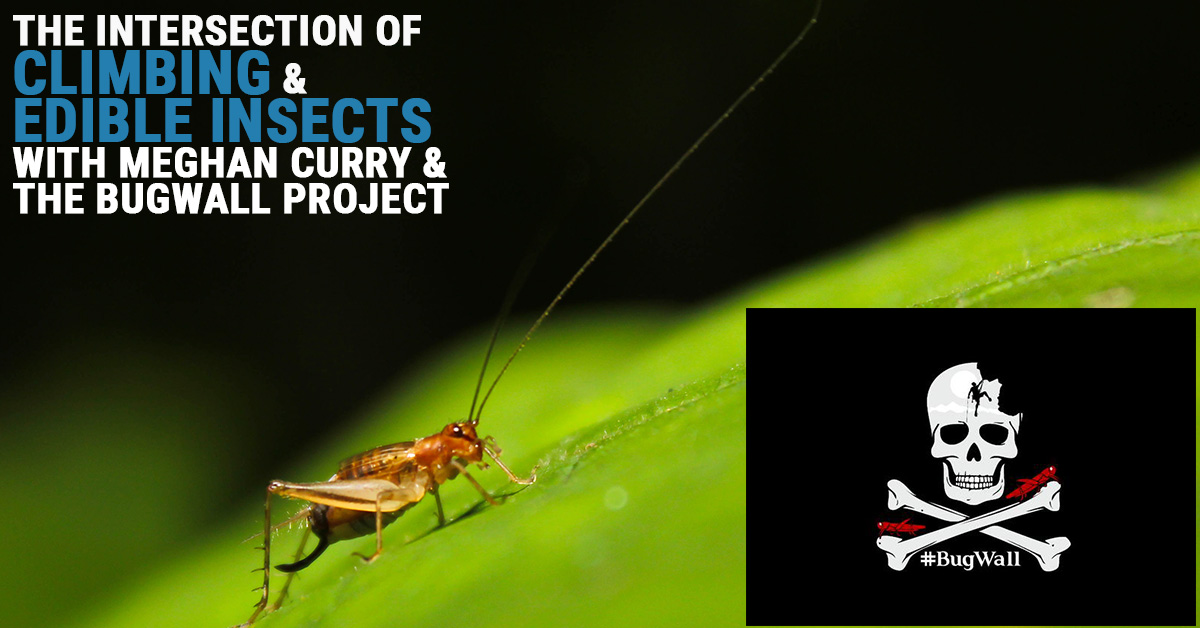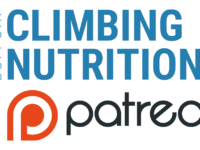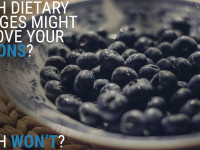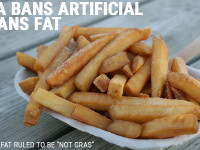This week, Meghan Curry is setting out to climb El Capitan. At the heart of her climb is one, simple idea: the viability of insects as a food source. To make her point, she is adhering to an insect-rich diet that many would call unusual, but which she has full confidence in. Indeed, as she recently wrote on her blog BugVivant, “bugs will be my nutritional salvation on this climb.”
From a Western perspective, it might seem peculiar to eat bugs, much less sing their virtues—other than the insects and arachnids we accidentally (and unknowingly) eat, bugs are not on the typical Western menu. But that’s exactly what Meghan is setting out to change, because the most significant impediment to the burgeoning edible insect industry is Western opinion. And in Meghan’s eyes, climbers could be the vanguard of the revolution.
Changing Times, Changing Opinions
If it seems repulsive to eat insects, you’re not alone. By and large, Westerners are squeamish even about seeing insects, much less putting them in their mouths. But opinions about food change all the time, and often quite rapidly.
As an example, consider organ meats. In the wartime atmosphere of the early 1940s, regular cuts of meat were unavailable but organ meat was plentiful. To minimize waste and improve nutrition back home, Americans needed to be convinced that the offal was edible. The secret, as Charles Duhigg writes in his book The Power of Habit, was to make the unfamiliar familiar. To this end, housewives were given recipes and instructed on how to prepare organ meats and even on how to disguise them in other foods. The result: a highly successful integration of previously rejected foods into the diet of the time.
Dietary opinions shift in less dramatic ways even more frequently. Here, too, we can consider organ meats, which fell back into disfavor after the 1940s but are enjoying a resurgence in popularity due to their claimed nutritional benefits. Consider also fermented foods, which meant yogurt and sour cream 20 years ago but today include an extended array of fruits, roots, and vegetables. Or you could even consider the ramifications of other dietary fads, like the gluten-free movement, which introduced millions of Americans to pseudograins that were hitherto unknown.
For the edible insect revolution, both a concerted effort on the part of entomophagy afficionados and slower, cultural shifts are important. Westerners cannot be expected to suddenly want to eat insects, but if they can be taught delicious, nutritious ways to prepare them, then they’re more likely to end up on the menu. Similarly, if the virtues of edible insects catch on—including their incredible environmental sustainability and high nutrient content—then we may see edible insects make their way into popular diets, further increasing Western exposure and breeding familiarity.
Changing Minds
Meghan Curry—who has a Masters in Entomology from the University of Kentucky—didn’t always eat insects. In fact, her diet was similar to any other American’s until she began to do her research for a debate at an Entomology Society of America conference in which her team argued for entomophagy (bug eating) as a solution to feeding a booming world population. She was just as apprehensive about that first insect as you or I would have been, but took the plunge. As she recalls,
I was all fired up about it like “Yea, I’m doing this!” I was so excited because I had written all these papers about it, and done all this research, and then when it came to actually eating a tray of roasted crickets coming out of the oven, it was like “these are crickets.” You don’t have a point of reference for it.
But then she tasted them and…
They were good! They were crunchy, and they were peppery from the arugula I had fed them.
Emboldened by this first success, she went above and beyond for the debate and brought a plate of cricket cookies to share with her fellow entomologists. And lest you think she cheated and hid the crickets as a ground flour, rest assured there was no trickery—the crickets were whole, sprinkled in like chocolate chips. The result? Her team won not only the debate, but the stomachs of those who attended.
(Her team won the debate on the merits of their argument alone, not because they bribed the audience with cookies; the cookies were passed around afterwards. About the cookies, Meghan said, “There was some trepidation, and you’d be surprised how many entomologists are just totally grossed out by the idea of eating bugs, but we had also just spent the last half hour telling everyone how eating these cookies would save the world.”)
So Meghan knows what she is up against, and what it’ll take to change minds and public perception—and she has a plan to bring two worlds together.
How Does Climbing Fit In?
On Monday of this week, Meghan began the long drive from El Paso, TX to Yosemite Valley, CA. By Thursday, she’ll be on the wall, climbing the famed Mescalito route on the Dawn Wall of El Capitan.
For two weeks on the wall, she’ll be eating insects for every meal. Among the foods she’ll be hauling up are “Hopper Crunch” granola, cricket-based protein shakes, cricket “chirps”, and mealworm tofu chili. During the climb, she will be sending out live updates about her progress and her meals, showcasing each of these unique foods—how they look, how the taste, how they’re fueling her climb.
A significant reason for the climb—beyond simply raising awareness for edible insects—is to raise money to fund edible insect education (that’s teaching others about edible insects, not teaching the insects themselves). In pursuit of this, she has an Indiegogo campaign that will help bring money to “Little Herds”, a nonprofit organization devoted to educating the community about entomophagy.
Beyond the climb itself, Meghan sees climbers as potential forerunners of the edible insect movement. As she put it, “Apart from the occasional asshole, most climbers are naturally environmentalists and sustainability minded.” When combined with the climber’s typical adventurous nature, she thinks they will be more willing to try these new foods and help bring them mainstream than other groups who may care less about the sustainability of their foods and be less willing to break out of their normal food habits.
One Step At A Time
When I asked Meghan how much of a role insects play in her everyday diet—when she’s not busy churning up enthusiasm for novel food concepts—she laughed and said, “honestly, I probably eat insects around once a week.” And that, I think, is key to understanding the movement.
Edible insects aren’t about transforming humanity into insectivores, but rather about taking steps towards a more sustainable world. It’s easy to get trapped in a dichotomous “all or nothing” approach for your dietary decisions, but the reality is that differences are also made slowly, through conscious decisions and single meals. Even once a week, eating insects for protein (rather than another animal) can contribute to great things.
At this point, you probably still think eating insects is odd, but give it time, and follow Meghan Curry’s climb up El Capitan. The more exposure you have, the less strange it’ll seem—and you may even find that your mind has changed. She certainly hopes it will!
Where to Follow Meghan Curry’s Climb
If you’re interested in following Meghan’s BugWall climb, you can do so at her blog “BugVivant” (where you can also find further information about entomophagy and insect-based recipes) and its Facebook page.
If you’d like to support her Indiegogo campaign, you can do so here.














